This article was medically reviewed by Luba Lee, FNP-BC, MS and by wikiHow staff writer, Christopher M. Osborne, PhD. Luba Lee, FNP-BC is a Board-Certified Family Nurse Practitioner (FNP) and educator in Tennessee with over a decade of clinical experience. Luba has certifications in Pediatric Advanced Life Support (PALS), Emergency Medicine, Advanced Cardiac Life Support (ACLS), Team Building, and Critical Care Nursing. She received her Master of Science in Nursing (MSN) from the University of Tennessee in 2006.
There are 10 references cited in this article, which can be found at the bottom of the page.
This article has been viewed 50,425 times.
The condition known as winged scapula (WS) causes a telltale protruding shoulder blade that looks a little like a wing stump, and can also cause localized pain and restricted upper-body movement. There are actually several varieties of WS, but for most types, your doctor will likely recommend a combination of rest, physical therapy, and pain management. If necessary, surgical options may be considered. The best way to prevent WS is to strengthen the muscle groups in your upper body.
Steps
Treating WS with Rehab and Surgery
-
1Allow 6-24 months for the scapula to heal without surgery. While you may want a quick fix if your shoulder blade is sticking out and causing you pain, patience is often the best approach. With the right mix of rest and rehabilitation, many cases of WS can be cured without undergoing surgery and its associated risks.[1]
- Don’t try to diagnose or treat WS on your own. See your doctor if you have a protruding shoulder blade or if there's pain in your shoulder area that limits your ability to do daily activities like brushing your teeth or pushing a shopping cart.
-
2Participate in prescribed physical therapy sessions. Your doctor will want you to rest your shoulder, but targeted and professionally-supervised physical therapy will usually speed up the healing and strengthening processes. Ask your doctor and friends to recommend good physical therapists in your area, and ask your insurer for a list of in-network providers.[2]
- During physical therapy sessions, you’ll do targeted range-of-motion and scapula-strengthening exercises. You’ll probably also be shown exercises to do at home.
- Recovering from WS is a long-term process, so plan on attending physical therapy sessions for several months, and possibly 6 months or more.
Advertisement -
3Try massage therapy, especially if recommended. Massage therapy may be a part of your physical therapy program or occur separately. It can help ease pain due to WS and loosen tight muscles in the area.
- Ask your doctor and physical therapist for recommendations. Medical massages will likely be more beneficial, but spa-style massages can also help.
- If massage therapy has been recommended by your doctor, you'll probably attend sessions for at least as long as your physical therapy sessions -- possibly 6 months or longer.
- Massage therapy may or may not be covered by your insurer.
-
4Apply heat and ice for temporary pain relief. For short-term WS pain relief, some people respond better to heat, while others prefer icing the area. Consult your doctor or physical therapist for advice, and try each to see which works best for you.[3]
- Apply either heat or ice for about 20-30 minutes at a time, unless otherwise directed. You can typically apply heat or ice as often as desired.
- Don’t apply an ice pack or bag of ice directly to your skin. Wrap it in a towel first.
- You may need a helper to hold the heat/ice pack in place, or to wrap it in position.
-
5Wear a “winger’s brace” if your doctor advises it. This contraption buckles over your shoulders and around your waist, all with the purpose of pressing your protruding scapula against your upper back. This may provide some pain relief and aid in healing.[4]
- A winger’s brace isn’t appropriate for all cases of WS, so follow your doctor’s guidance.
- Your doctor will fit you for a brace, help arrange for one through a medical supply company, and show you how to put it on.
-
6Use prescribed muscle relaxants or pain medications. As part of your rest and rehab program, your doctor may prescribe one or more medications to deal with WS pain. These usually include muscle relaxants, NSAIDs, and/or other analgesics.[5]
- Take any prescribed WS medications exactly as advised, and watch for any side effects pointed out by your doctor and/or pharmacist.
- Among their possible side effects, muscle relaxants can cause drowsiness, sleepiness, muscle weakness, and lethargy; NSAIDs can cause allergic reactions or exacerbate stomach ulcers; acetaminophen (Tylenol) can cause liver problems; and opioid analgesics can lead to dependency with long-term use.
-
7Undergo surgery if rest and rehab don’t help. If several months or up to 2 years of rest and rehab don’t substantially improve your WS, surgery becomes the most likely option. Your doctor might also recommend it sooner for certain types of WS, such as WS due to a traumatic injury. Surgical options can include:[6]
- Nerve and/or muscle transfers. Nerves and/or muscle tissues from other parts of your upper body will be relocated in order to repair the damage to your scapula and the surrounding area.
- Static stabilization. An internal sling will be implanted in order to reconnect your scapula to your upper back.
- Scapulothoracic fusion. This is a last-resort procedure that fuses your scapula directly to your ribcage. It can cause significant range-of-motion limitations and lung problems, among other issues.[7]
Strengthening Your Shoulder Blades
-
1Improve your shoulder strength with recommended exercises. If you've been diagnosed with WS, you'll probably be slowly introduced to a program of scapula-strengthening exercises. These exercises can also improve your range of motion and possibly reduce your chances of developing future cases of WS.[8]
- If you’ve been diagnosed with WS, follow the exercise program recommended by your doctor and/or physical therapist. In some cases, strengthening exercises — especially if overdone — can cause further damage.
- If you've never had WS, these exercises are still a great way to build shoulder strength and flexibility.
-
2Do all 4 positions of ITYWs. Start by lying face-down with your arms at your sides. Then move through each of the 4 positions 2-3 times, spending 15 seconds in each position.
- Each exercise gets its name from the letter shape your body approximates during the maneuver.
- I: Move your hands to your hips, with your palms up and your thumbs pointing toward your thighs. Flutter your arms up and down.
- T: Hold your hands out to your sides, with your palms down. Flutter your arms up and down.
- Y: Move your hands halfway between out to the side and straight above your head. Flutter up and down with your palms down.
- W: Bend your elbows and tuck them against your sides while keeping your hands extended at the “Y” angle. Then extend your arms back out into the full “Y” position and repeat for the entire 15 seconds.[9]
-
3Pull on a light exercise band with both arms. Stand with your arms extended in front of you at shoulder height and width, palms facing each other, with an exercise band held (without tension) in your hands. Keeping your arms straight and shoulder height, extend them outwards as wide as you can comfortably manage, using a slow, steady motion. Return to the starting position slowly — control the band’s retraction instead of letting it snap back.
- Do 2-3 sets of 10-15 repetitions each, with a short rest between sets.
- Start with a light resistance exercise band, then slowly move up to greater resistance levels once your current level no longer presents a challenge.
-
4Do upright “pushups” to target your scapulae. Face a wall and extend your arms so that your palms are flat against the wall while your arms are at shoulder height and width. Without bending or moving your arms, slowly thrust your sternum (breastbone) toward the wall until your shoulder blades meet. Then, still without moving your hands or arms, pull your sternum back a little beyond your starting position, so that your shoulder blades are slightly rounded outward.[10]
- Do 10-15 repetitions per set, and between 2-3 sets.
-
5Roll a medicine ball against the wall with one hand. Stand an arm’s length away from a wall with your feet shoulder-width apart. Pin an 8 lb (3.6 kg) medicine ball against the wall with one extended arm and a flat palm — use your other hand to position the ball if needed. Roll the ball around on the wall in small counterclockwise and clockwise circles for 15-30 seconds. Try not to let the ball fall![11]
- Do 2-3 sets apiece with each arm.
- You may eventually be able to move up to a heavier medicine ball.
-
6Do shoulder presses with a medicine ball. Lie flat on your back with your knees bent and your feet flat on the floor. Hold an 8 lb (3.6 kg) medicine ball above you in both hands, with your arms extended straight above your upper chest. Keep your back, feet, and head flat on the floor and use only your shoulder blades to push the ball a few inches/centimeters further upward, then return to the starting position.
- Try doing 2-3 sets of 10-15 repetitions apiece.
- You can start with a lighter medicine ball (or even a soccer ball or volleyball) if needed, and move up to a heavier ball once you are physically ready for a greater challenge.
-
7Try exercise ball pushups as an advanced maneuver. Assume a standard pushup position with your legs and body, but place both hands on an exercise ball that is positioned underneath your upper chest. Extend your arms while keeping your hands on the ball, then slowly drop back down until your chest touches the exercise ball.
- Do 10 repetitions and 2 sets.
- Keeping the ball secure beneath you takes practice and adequate upper body strength. Ease into this exercise and consider working with a spotter who holds the ball. Otherwise, the ball might squirt free and you’ll fall on your face!
Getting a WS Diagnosis
-
1Call your doctor if you have physical signs or localized pain. The related conditions collectively referred to as winged scapula get their name from the protruding shoulder blade that looks a bit like the beginnings of a wing. If you notice one — or even less commonly, both — shoulder blade(s) sticking out noticeably, especially when you raise your arms, make an appointment with your doctor.[12]
- If you have WS, you’ll almost certainly also experience pain in your shoulder, upper arm, upper back, and/or neck when you lift your arm. The pain may be strong enough to make common tasks like brushing your teeth or pushing a shopping cart difficult.
-
2Discuss any repetitive-motion activities with your doctor. While still uncommon, WS is more likely in bodybuilders, amateur or professional athletes (baseball, golf, basketball, etc.), and people whose jobs require repetitive shoulder movements (e.g., emptying trash cans into a garbage truck). Even extending your arm out in the same position for long stretches (like at a desk job) can in rare instances contribute to WS.[13]
- Inform your doctor if you, for instance, have begun playing tennis regularly or have taken on a new job planting trees and shrubs.
-
3Talk about other possible WS causes as well. Even without repetitive motion activities, WS is still a possibility if you are exhibiting symptoms. Other causes can include:
- Traumatic injury. Car accidents, for instance, can cause tissue and nerve damage that contribute to WS.
- Surgery. If particular nerves are damaged during a surgical procedure involving your shoulder, upper back, or chest, WS can occur.
- Illness. Viral illnesses like the flu and medical conditions like muscular dystrophy can sometimes contribute to WS. So too can allergic reactions, drug overdoses, or exposure to toxins. All these causes are exceedingly rare, though.
-
4Undergo a physical exam and possibly testing. In most cases, your doctor will diagnose WS by examining your scapula and discussing your symptoms with you. They will probably look at and feel your scapula as you raise your arms, for instance.
- If there is still doubt, your doctor may recommend electromyography (nerve stimulation via electrode needles inserted into your muscles) in order to confirm a WS diagnosis. But this is unnecessary in most cases.[14]
References
- ↑ https://www.ncbi.nlm.nih.gov/pmc/articles/PMC2684151/. Martin RM, Fish DE. Scapular winging: anatomical review, diagnosis, and treatments. Current Reviews in Musculoskeletal Medicine. 2008;1(1):1-11. doi:10.1007/s12178-007-9000-5.
- ↑ https://www.ncbi.nlm.nih.gov/pmc/articles/PMC2684151/. Martin RM, Fish DE. Scapular winging: anatomical review, diagnosis, and treatments. Current Reviews in Musculoskeletal Medicine. 2008;1(1):1-11. doi:10.1007/s12178-007-9000-5.
- ↑ http://www.sportsinjuryclinic.net/sport-injuries/shoulder-pain/chronic-shoulder-injuries/winged-scapula
- ↑ https://www.ncbi.nlm.nih.gov/pmc/articles/PMC4488203/
- ↑ https://www.physio-pedia.com/Winged_scapula
- ↑ https://pubmed.ncbi.nlm.nih.gov/18196359/
- ↑ https://www.sciencedirect.com/science/article/pii/S2666639121000079
- ↑ https://orthoinfo.aaos.org/en/diseases--conditions/scapular-shoulder-blade-disorders
- ↑ https://www.youtube.com/watch?v=tLnuHCIcyMI
- ↑ https://sportsrehab.ucsf.edu/sites/sportsrehab.ucsf.edu/files/Scapular%20Stabilization%20Protocol.pdf
- ↑ https://sportsrehab.ucsf.edu/sites/sportsrehab.ucsf.edu/files/Scapular%20Stabilization%20Protocol.pdf
- ↑ https://orthoinfo.aaos.org/en/diseases--conditions/scapular-shoulder-blade-disorders
- ↑ https://www.physio-pedia.com/Winged_scapula
- ↑ https://www.hopkinsmedicine.org/healthlibrary/test_procedures/neurological/electromyography_92,P07656

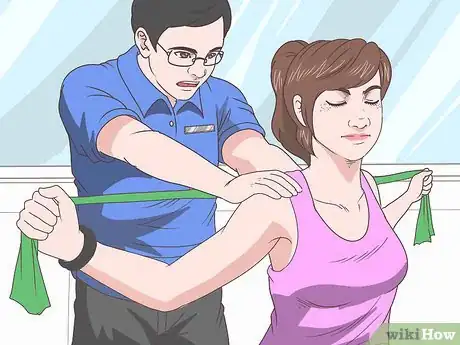
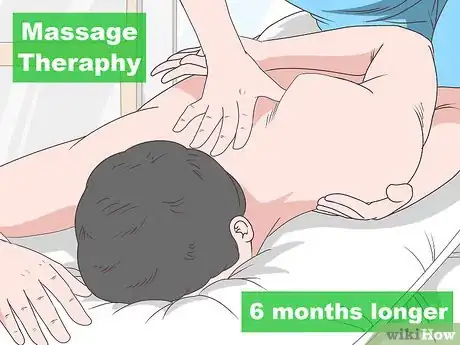

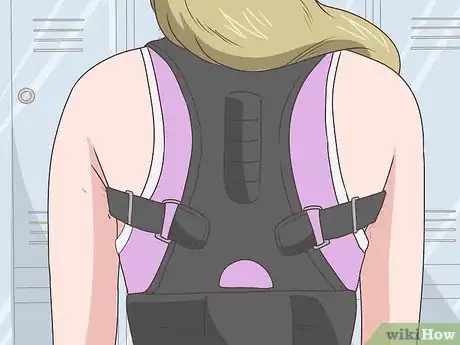
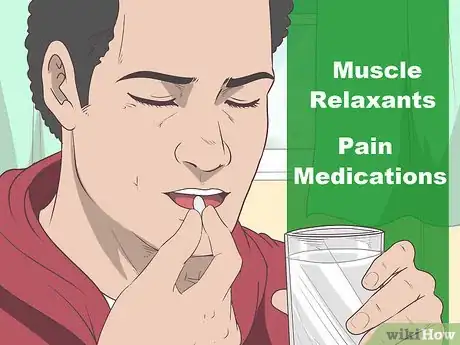
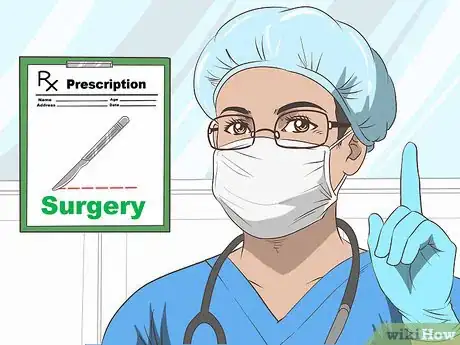

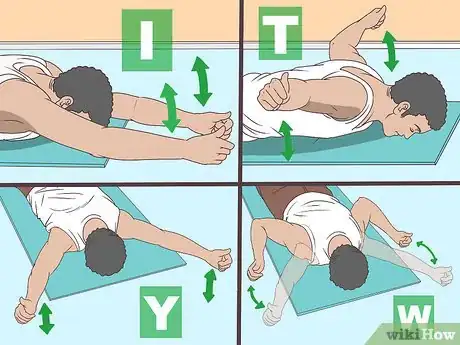
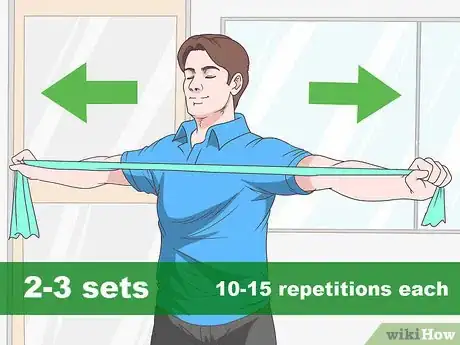
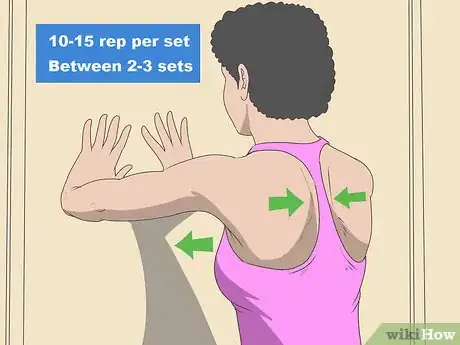
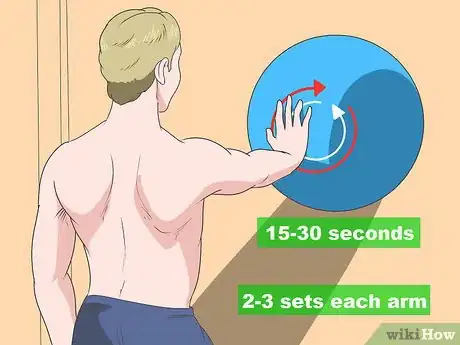
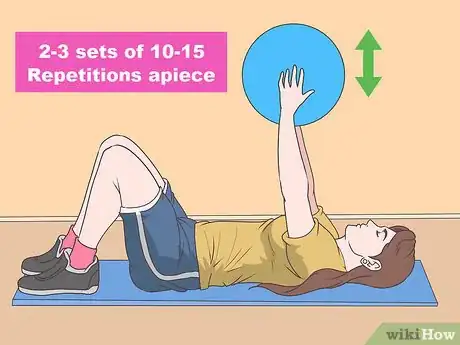
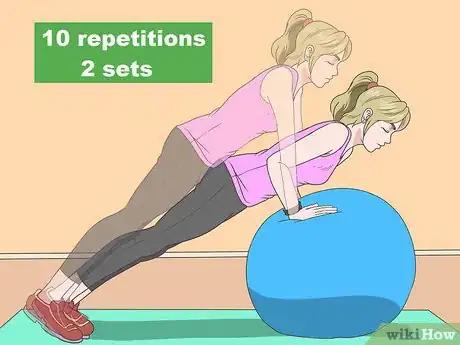
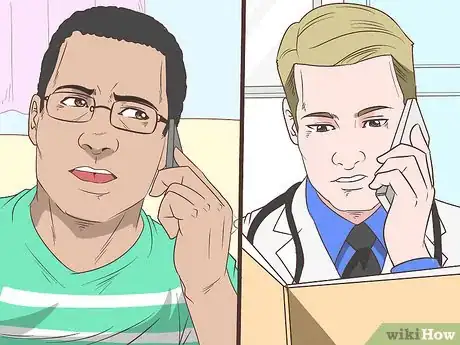





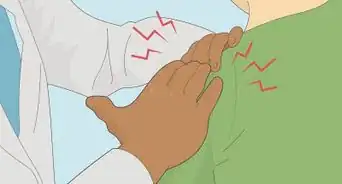
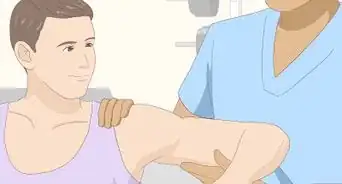
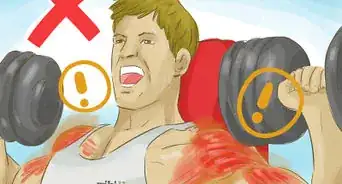

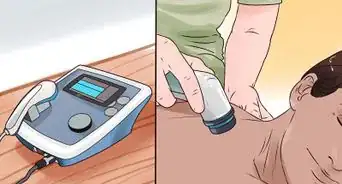
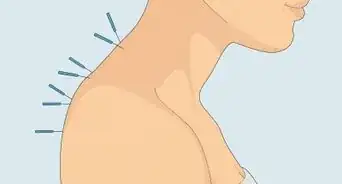
-Step-3-Version-3.webp)
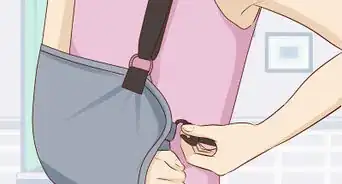

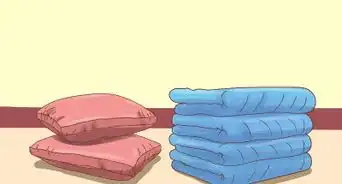









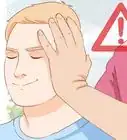

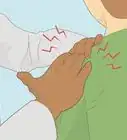
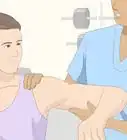




































Medical Disclaimer
The content of this article is not intended to be a substitute for professional medical advice, examination, diagnosis, or treatment. You should always contact your doctor or other qualified healthcare professional before starting, changing, or stopping any kind of health treatment.
Read More...